Sign up for workout ideas, training advice, reviews of the latest gear and more.

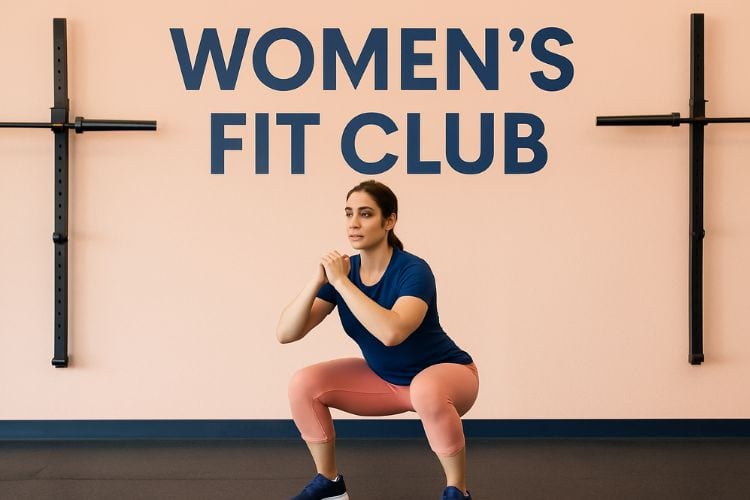
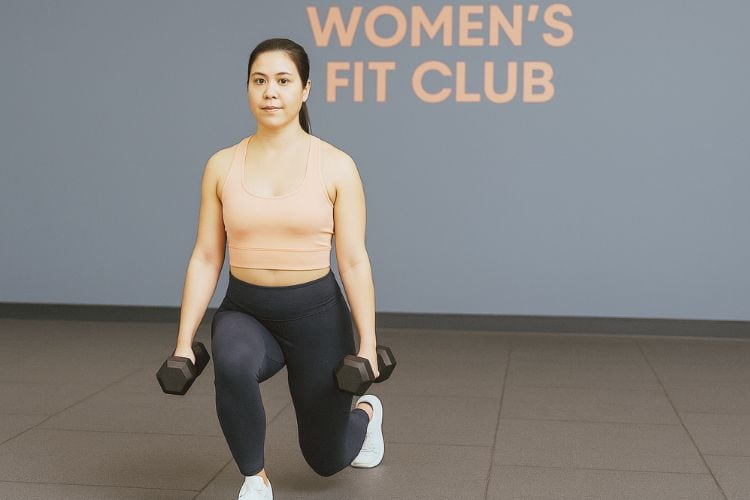
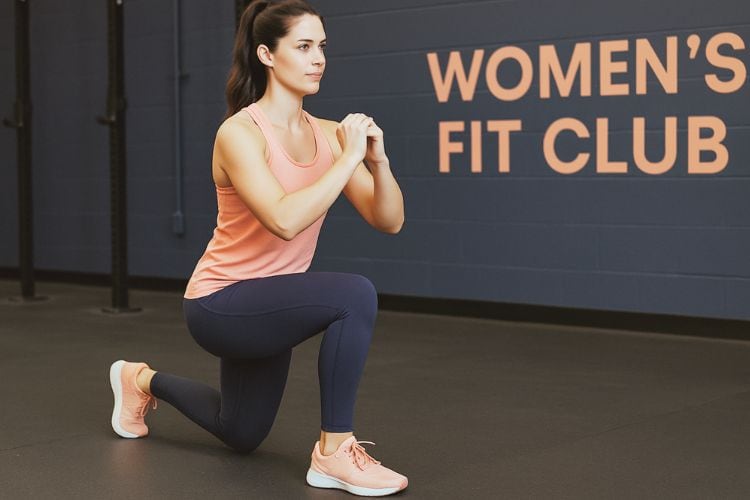
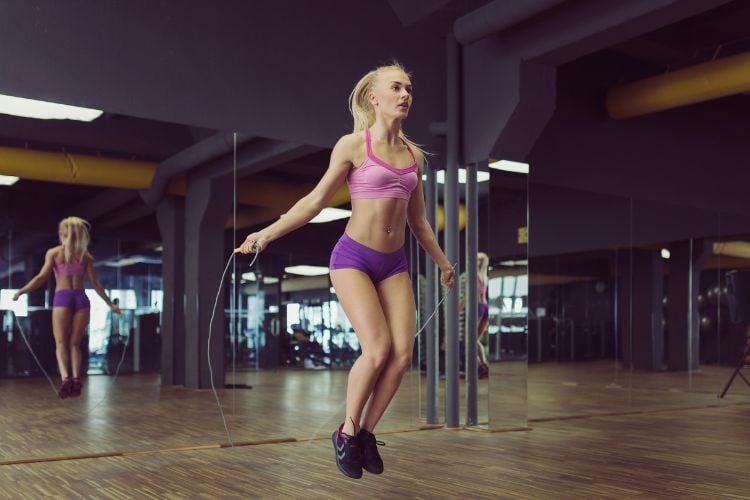
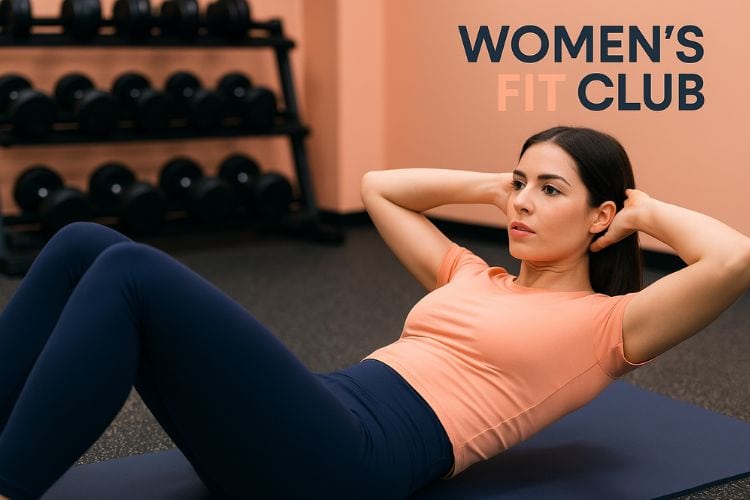
Building a strong core doesn’t require expensive gym equipment or heavy weights. With just your bodyweight and 30 minutes of focused effort, you can sculpt toned abs, improve balance, and strengthen your entire midsection from home. This 30-minute beginner bodyweight ab workout exercises is designed to activate every part of your core — upper abs, lower abs, obliques, and deep stabilizers — helping you move better, feel stronger, and look leaner.
Your core is more than just your abs — it’s the powerhouse of your body. It supports nearly every movement you make, from walking and standing to lifting and twisting. A strong core enhances posture, protects your lower back, and boosts athletic performance. For beginners, focusing on bodyweight ab exercises is the best way to build foundational strength safely before progressing to advanced movements.
All you need is your body, a yoga mat, and 30 minutes. Bodyweight exercises are convenient and can be done anywhere — at home, in the park, or while traveling.
These exercises train your core muscles to work together, improving stability and functional movement. You’ll notice better coordination, balance, and posture.
Bodyweight workouts reduce strain on your joints and are easy to modify based on your fitness level.
Core-focused bodyweight workouts increase heart rate and engage multiple muscle groups, promoting calorie burn and fat loss over time.
Before diving into your ab circuit, warm up your body to prevent injury and prepare your muscles. Spend 5 minutes performing:
This quick warm-up increases circulation and wakes up your abdominal muscles for the workout ahead.
You’ll complete four circuits targeting different parts of your core. Perform each exercise for 40 seconds, followed by 20 seconds rest. After completing all movements in a circuit, rest for 1 minute before moving to the next one. Repeat the circuit twice if you have extra time.
This circuit focuses on the muscles in the front of your core, helping you build definition and endurance.
Lie on your back with knees bent and feet flat. Engage your abs to lift your shoulders off the floor, keeping your lower back grounded. Avoid pulling on your neck.
Tip: Focus on squeezing your abs at the top of the movement.
Extend your legs toward the ceiling. Reach your fingertips to your toes while keeping your core tight.
Benefit: Strengthens the upper abs and improves flexibility.
Bring your knees toward your chest while lifting your hips slightly off the mat.
Tip: Move slowly to engage the lower abs and avoid momentum.
Lie flat and alternate lifting your legs slightly off the ground in a quick flutter motion.
Tip: Keep your lower back pressed into the mat to protect your spine.
The lower abs are often the hardest to engage. These exercises strengthen the muscles below your belly button and help tone your lower core.
Lie flat, hands under your hips, and lift both legs to 90 degrees before lowering them slowly.
Tip: Keep your movement controlled and your abs tight.
From a plank position, alternate driving your knees toward your chest.
Benefit: Builds endurance and works your abs and shoulders simultaneously.
Lie on your back, bend your knees, and tap your heels on the floor one at a time while keeping your core tight.
Tip: Avoid arching your back.
Hold a high plank position with your body in a straight line from shoulders to heels.
Benefit: Builds total-core stability and shoulder strength.
Your obliques are essential for twisting and stabilizing movements. This circuit tones the sides of your waist and helps define your shape.
Lie on your right side, prop yourself up on your elbow, and lift your hips. Hold the position for the full time.
Tip: Keep your body in a straight line without letting your hips drop.
Repeat on the opposite side.
Benefit: Balances core strength and improves posture.
Sit with knees bent and lean slightly back. Twist your torso side to side while keeping your core engaged.
Tip: Keep your feet off the floor for added intensity.
Stand tall and bring your elbow toward your same-side knee, alternating sides.
Benefit: Strengthens obliques and improves mobility.
The final circuit targets the transverse abdominis — the deep stabilizing muscles that protect your spine and improve balance.
Start on all fours, extend your right arm and left leg, hold for a moment, and return. Alternate sides.
Tip: Focus on slow, controlled movement.
Lie flat, arms extended upward. Lower your right arm and left leg simultaneously, then switch sides.
Benefit: Enhances coordination and core stability.
In a high plank, tap each shoulder with the opposite hand without rocking your hips.
Tip: Keep your body steady — control is key.
Lie face down and lift your arms and legs off the floor.
Benefit: Strengthens lower back muscles for a balanced core.
Finish your workout with gentle stretches to release tension and improve flexibility.
Deep breathing during the cooldown helps lower your heart rate and promotes recovery.
Form is everything in core training. Engage your abs, avoid arching your lower back, and breathe steadily throughout each movement.
If 40 seconds feels too long, start with 20–30 seconds per exercise and build up gradually as your strength improves.
Perform this 30-minute bodyweight ab workout 3–4 times per week for best results. Consistency leads to visible and lasting progress.
Pair your ab routine with light cardio, such as brisk walking or cycling, to burn fat and reveal muscle tone faster.
Once you master these exercises, challenge yourself with advanced variations like plank jacks, side plank dips, or hanging leg raises.
Strong abs aren’t built by exercise alone — your diet and lifestyle play a huge role. Follow these guidelines to complement your training:
Focus on lean proteins, whole grains, fruits, and vegetables. Avoid excessive sugar and processed foods.
Drink plenty of water throughout the day to support muscle recovery and metabolism.
Aim for 7–8 hours of quality sleep per night. A rested body builds muscle more efficiently.
Chronic stress increases cortisol, which promotes belly fat storage. Try yoga, meditation, or deep breathing to relax.
This workout can be done as a standalone session or combined with a full-body workout. For example:
By adding this 30-minute beginner ab routine to your weekly plan, you’ll not only strengthen your core but also improve your overall fitness and posture.
Consistency is key. With proper diet and regular training, you may start to notice improved strength and definition in 4–6 weeks.
Your core muscles need recovery just like any other muscle group. Train your abs 3–4 times per week for optimal results.
If your main goal is strength and definition, perform abs after cardio to avoid fatigue during your main workout.
Bodyweight exercises are highly effective, especially for beginners. Once your core strength improves, you can add resistance bands or dumbbells.
A strong core is the foundation of fitness. This 30-minute beginner bodyweight ab workout is the perfect starting point for anyone looking to tone their midsection, improve balance, and build lasting strength — no equipment required. Whether you’re at home, traveling, or simply short on time, these simple yet powerful exercises will help you take control of your fitness journey.
Commit to consistency, focus on form, and pair your training with healthy nutrition — and you’ll start to see (and feel) a stronger, more confident you.
Want more workout and video guide?
Follow us on Pinterest, Facebook, and Subscribe to our Newsletter and Stay tuned for FREE downloads of our App coming soon!
Stay up to date on the latest women’s health, fitness and lifestyle trends and tips.